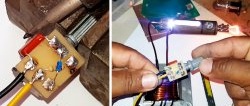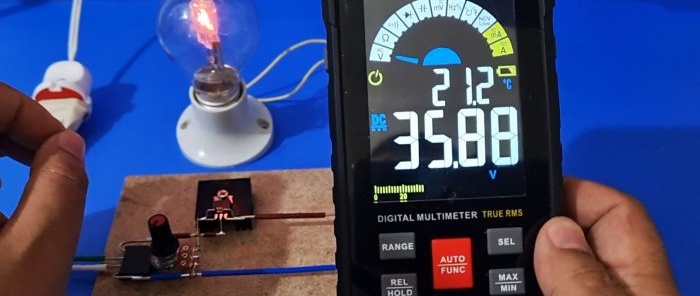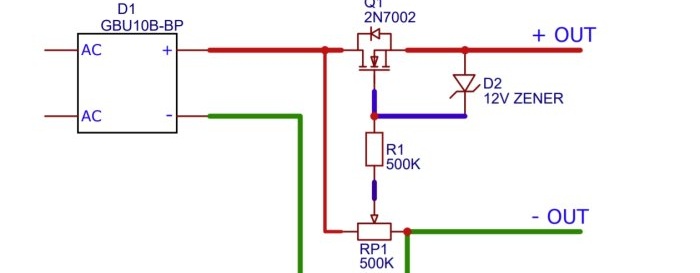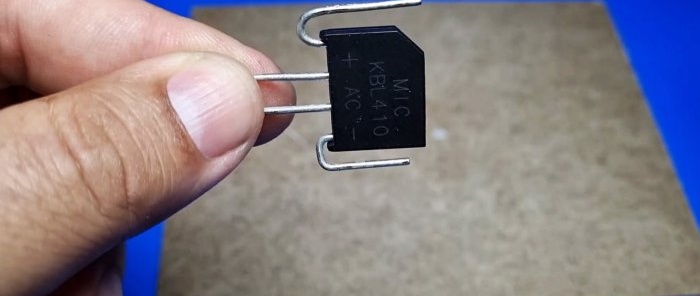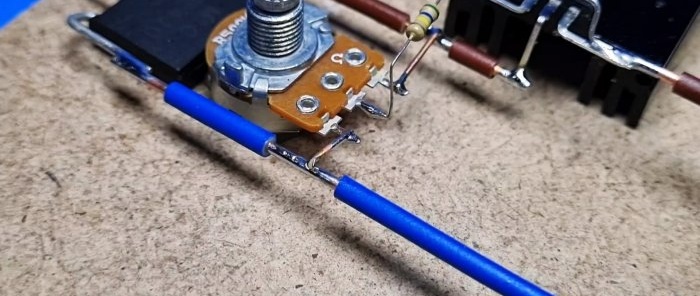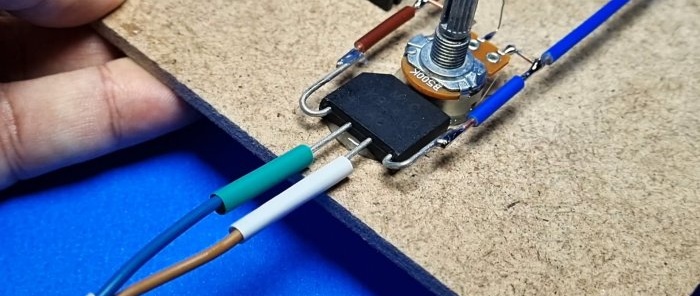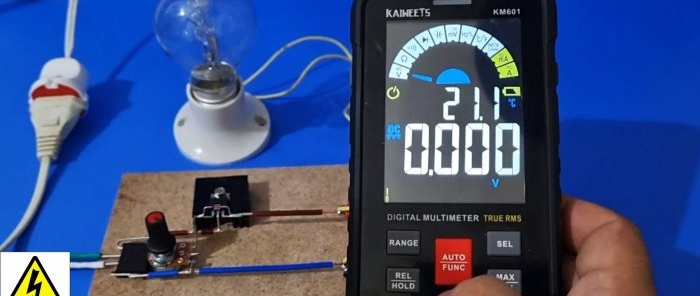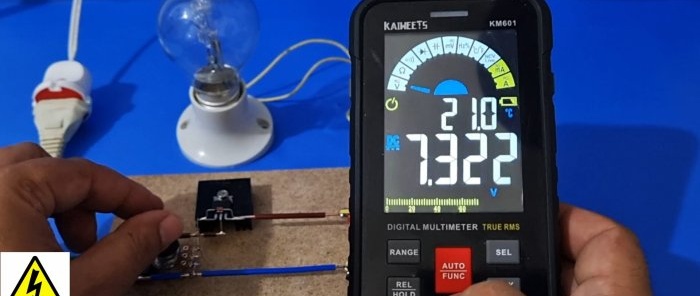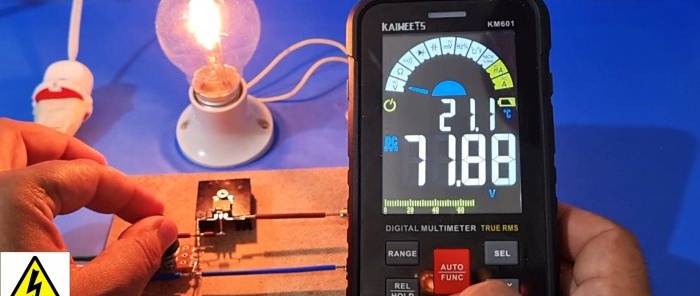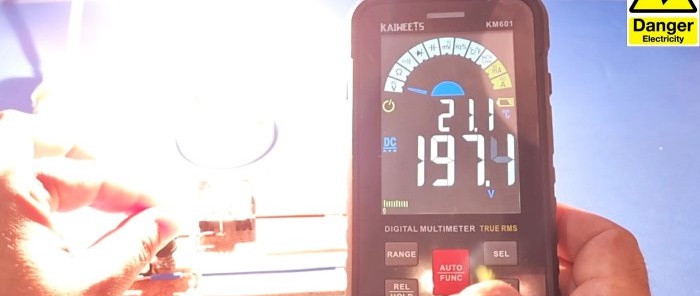220 V voltage regulator without transformers, thyristors and triacs
Usually, everyone is accustomed to the fact that thyristors or triacs are used to regulate power, and autotransformers are used to regulate voltage. But there is also a variant of the regulator, assembled on just one transistor, which has different characteristics. It can easily find its application in amateur radio homemade products.
Details
- Transistor IRF740 - http://alii.pub/6cfb0k
- Diode bridge 400 V 10 A - http://alii.pub/5m5na6
- Zener diode 12 V - http://alii.pub/5myg53
- Resistor 500 kOhm - http://alii.pub/5h6ouv
- Variable resistor 500 kOhm - http://alii.pub/5o27v2
Regulator circuit
The elementary circuit is based on an IRF740 field-effect transistor. Its operating voltage is up to 400 V, current is up to 10 A. But this does not mean that it can be controlled with a power of 4 kW. After all, the power dissipation of the transistor is only 125 W.
Manufacturing a voltage regulator 0-220 V
Let's assemble the circuit using wall-mounted installation. We form all the output parts one by one.
We solder the elements and use single-core wire as jumpers.
We connect the power cord to the diode bridge.
An incandescent lamp serves as a load. Connected in parallel to it multimeter.
We connect the circuit to a 220 V network.
By rotating the variable resistor slider we increase the voltage.
The adjustment is very smooth, without sudden jumps.
Advantages and disadvantages
So, let's draw a line and look at the advantages and disadvantages of this regulator circuit.
Pros: very smooth adjustment from zero to maximum, compared to triac regulators.
Minuses: low efficiency, low power (no more than 125 W), constant voltage regulation only.
Definitely such a scheme is capable of life, and will definitely find its application.
Watch the video
Similar master classes


